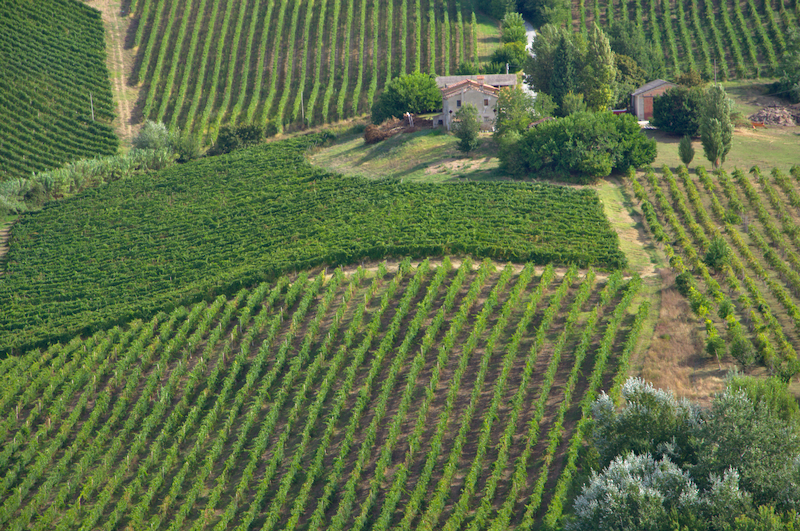 Ever since I remember, home has always meant green hills covered in vines for me. Even when I was a little girl attending the elementary school, we used to spend the first days of the new school year wandering around the centre of Cupra Montana to admire the preparation of the famous “Sagra dell’Uva” (of which we talked about in our blog) where grapes and wine were the absolute protagonists.
Ever since I remember, home has always meant green hills covered in vines for me. Even when I was a little girl attending the elementary school, we used to spend the first days of the new school year wandering around the centre of Cupra Montana to admire the preparation of the famous “Sagra dell’Uva” (of which we talked about in our blog) where grapes and wine were the absolute protagonists.
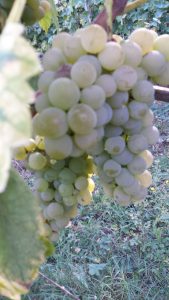 I genuinely think that we, from Le Marche, we grow up with a real “wine culture”. We grow up by having red or white wine on the table, we grow up by smelling the sweetness of the grapes when the Autumn approaches and we grow up by having at least one of our friends who would like to become a sommelier when they will be adults.
I genuinely think that we, from Le Marche, we grow up with a real “wine culture”. We grow up by having red or white wine on the table, we grow up by smelling the sweetness of the grapes when the Autumn approaches and we grow up by having at least one of our friends who would like to become a sommelier when they will be adults.
Bear in mind that there is not a wine like no other, and the difference between the red and the white wine is HUGE.
For this weekly post, my fellow bloggers and I decided to introduce you to Verdicchio, the King of our village, Cupra Montana.
When I wrote the guidebook on Cupra Montana, I had to study very carefully the characteristics of our Verdicchio. I gathered the info from the website of La Strada del Gusto, the lively local association with 10 different wine cellars in it.
Here is an extract from my book:
“Even though Cupramontana is not the only one producer of the Verdicchio dei Castelli di Jesi, it has undoubtedly made the difference from the very beginning. The first land register of 1471 listed the vines as the most rated lands compared to olive and cereal ones. Throughout the years the cultivation techniques improved consistently, and in the sixteenth century, for example, a new cropping technique, the so-called “terra arborata cum la vite”, started to be used in order to “marry” the vine to the Field Maple Tree.
The real innovation, however, came along with those families coming from Lombardy and Veneto region at the end of the fifteenth century. They started to occupy and work on the abandoned lands around Cupramontana, and very likely they imported also their typical vine: Trebbiano di Soave (Verona). In fact, this wine is genetically near to the local Verdicchio wine.
The history of Verdicchio is therefore quite clear. On the contrary, the history of its name is hazy. The name Verdicchio may indeed recall the colour (“verde” stands for green) of the grapes that can be found also during the aging, but there are no certain written records of the first use of this name.
Despite this uncertainty, the Verdicchio has nowadays absorbed the geomorphologic characteristics of this land and also reflected the microclimate aspects.
One of the uniqueness of the Verdicchio of Cupramontana is its peculiarities according to the specifics and the exposure to the sun of the land in which it is produced. Namely, in Cupramontana there are several areas that differ in their production: San Michele, Valle, Colonnara, Carpaneto, Paganello, Posserra, Salerna and Mandriole for the exposure to the sun; Follonica, San Marco and Pietrone for their soil. This gives the Verdicchio a remarkable individuality yet maintaining its main characteristics.”
- Area of production of Verdicchio
The grape of Verdicchio is therefore a real wonder: not only we can produce both table wine and high-quality wine, but also sparkling wine. But it is not over: we have a dessert wine, as well as a very soft grappa obtained from the peelings produced during pressing. The Verdicchio wine is quite strong – he likes to reach 13 to 14% alcohol level. As a result, you can store it, unlike most white wines, long. The Verdicchio is available in the Marche as DOC (quality product of guaranteed origin) in 2 variants: the Verdicchio di Castelli di Jesi, the wine of our area. And as Verdicchio di Matelica, which tastes heavier and more mineral, since the vineyards are there without the influence of the sea in the hills around the place Matelica.
At the end of the 50s, the winery Fazi Battaglia began exporting the Verdicchio. They designed their own bottle shape, which should establish itself as a trademark: the amphora shape. For this purpose, a small paper rolls with the history of each wine was attached to the bottleneck. Later, they wanted to omit the paper rolls for production reasons. But then the American wine merchants protested: they sold the amphorae with the actress Sophia Loren’s association and the paper ribbon presented her scarf, which could not be left out so easily!
If you would like to get a more insider look to the Verdicchio wine, you can either join a grape harvest (usually taking place from the end of August to the beginning of October) or visit a “wine shop” where you can taste several Verdicchio wine, and then go to the wine cellars themselves to buy the best bottles.
- Grape harvest
- Grapes collected in baskets
- Grape pressing – like in old times
- The must
Verdicchio has become quite a status symbol and here is what the Turin author, wine critic and director Mario Soldati dedicated to it: “Verdicchio, verdicchio, sounds like fresh, sounds like lively, sounds like light, modest, pleasing, youthful, natural, graceful, pleasantly tingling, herbal tart and pleasant, like a light green twig, crisp, crackling “.
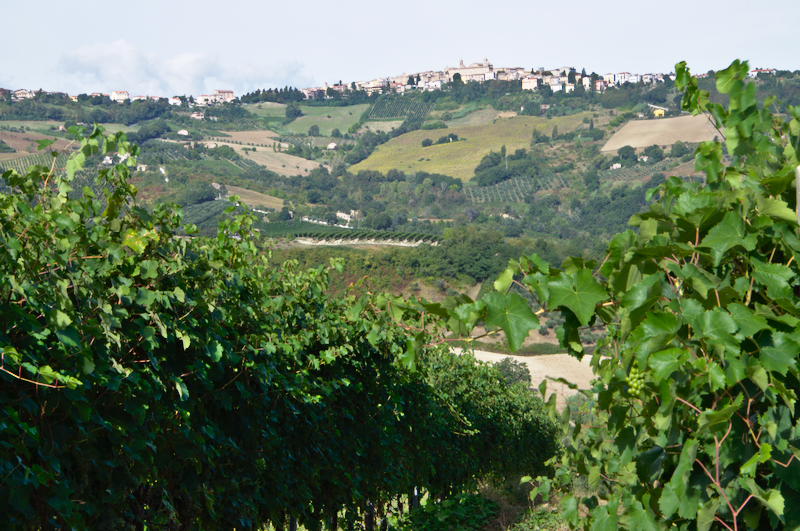
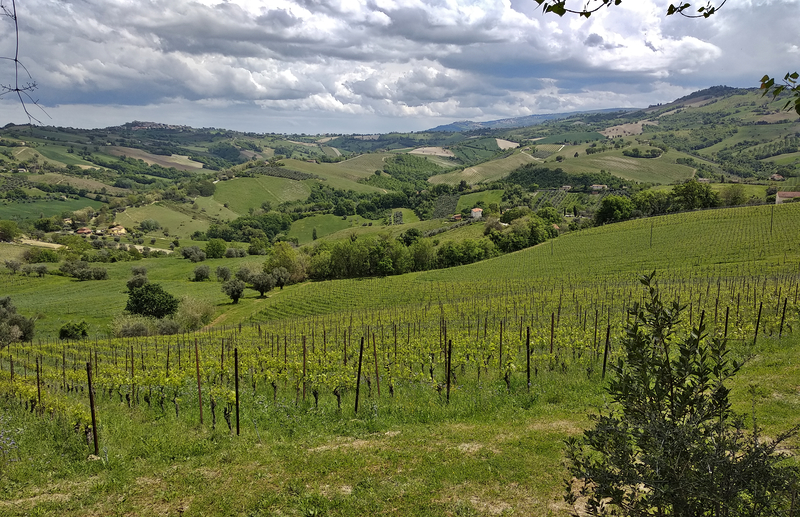
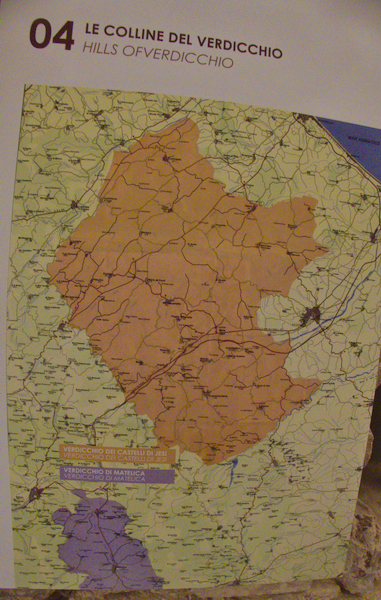
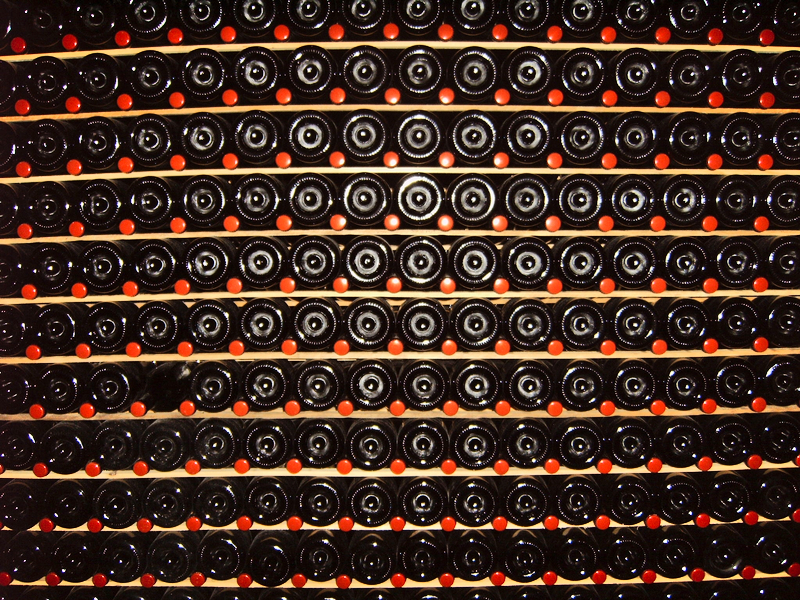
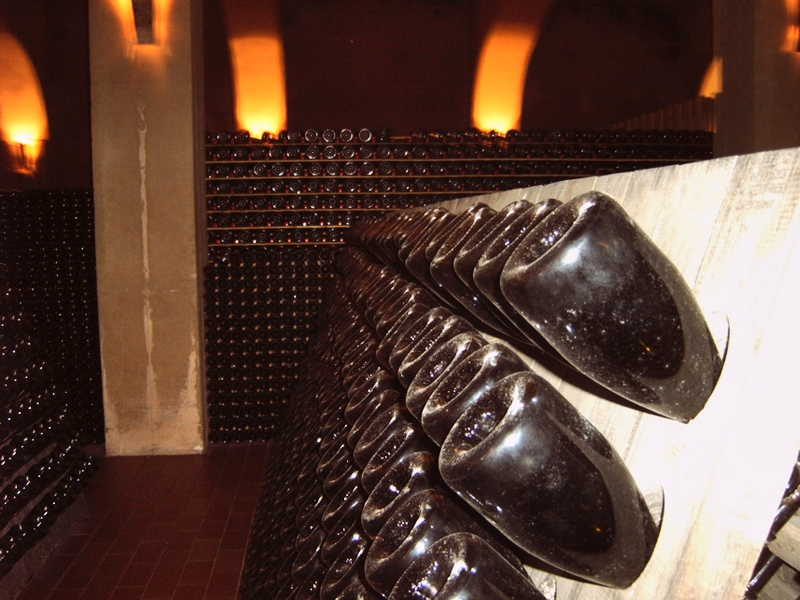
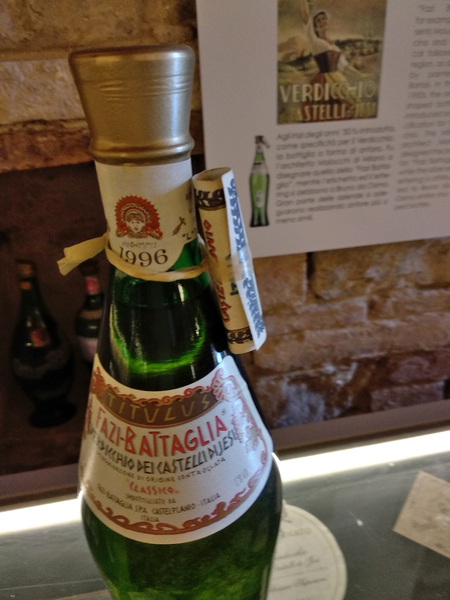
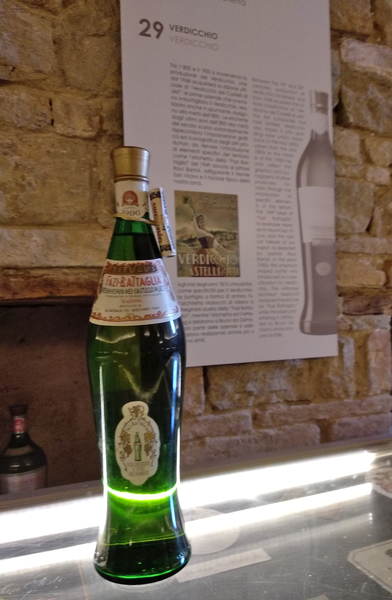
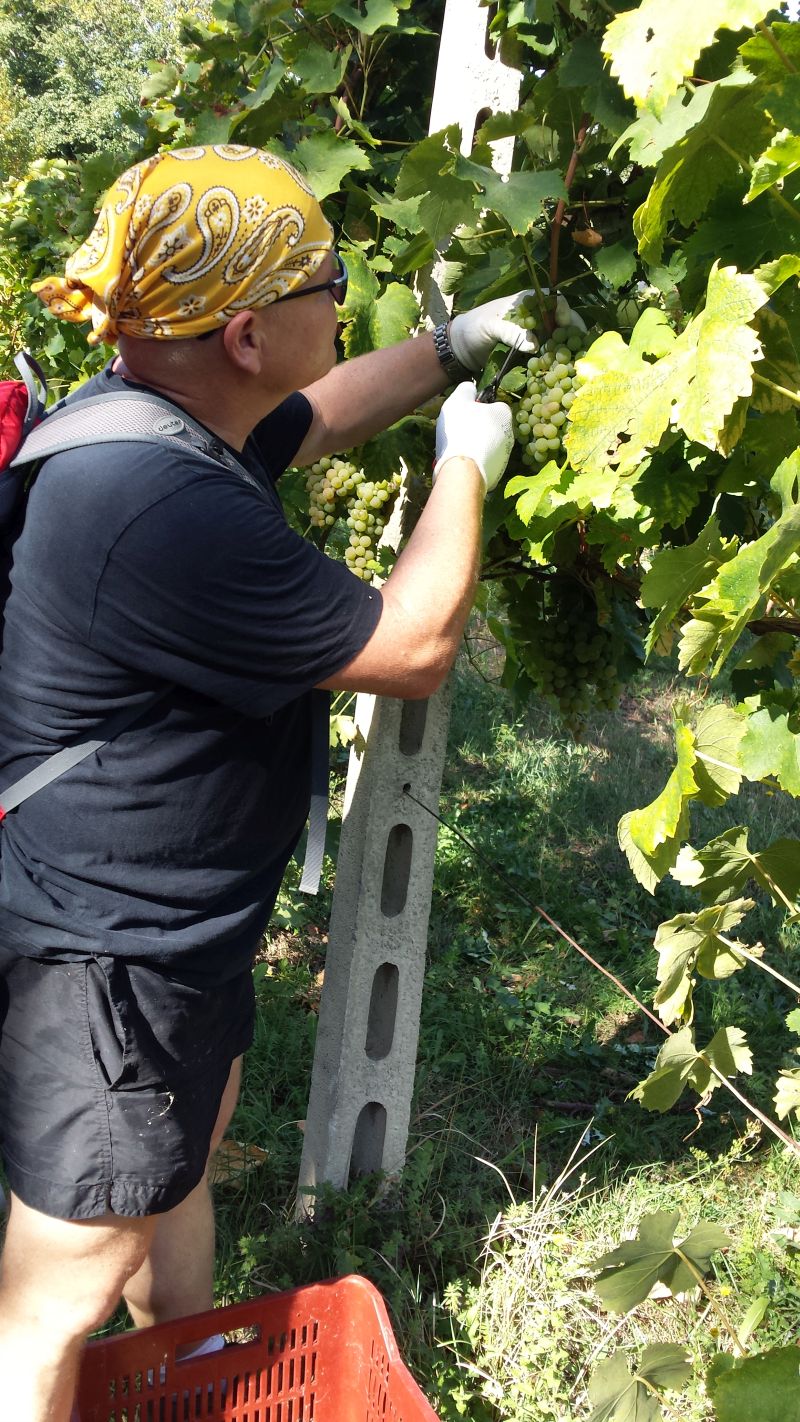
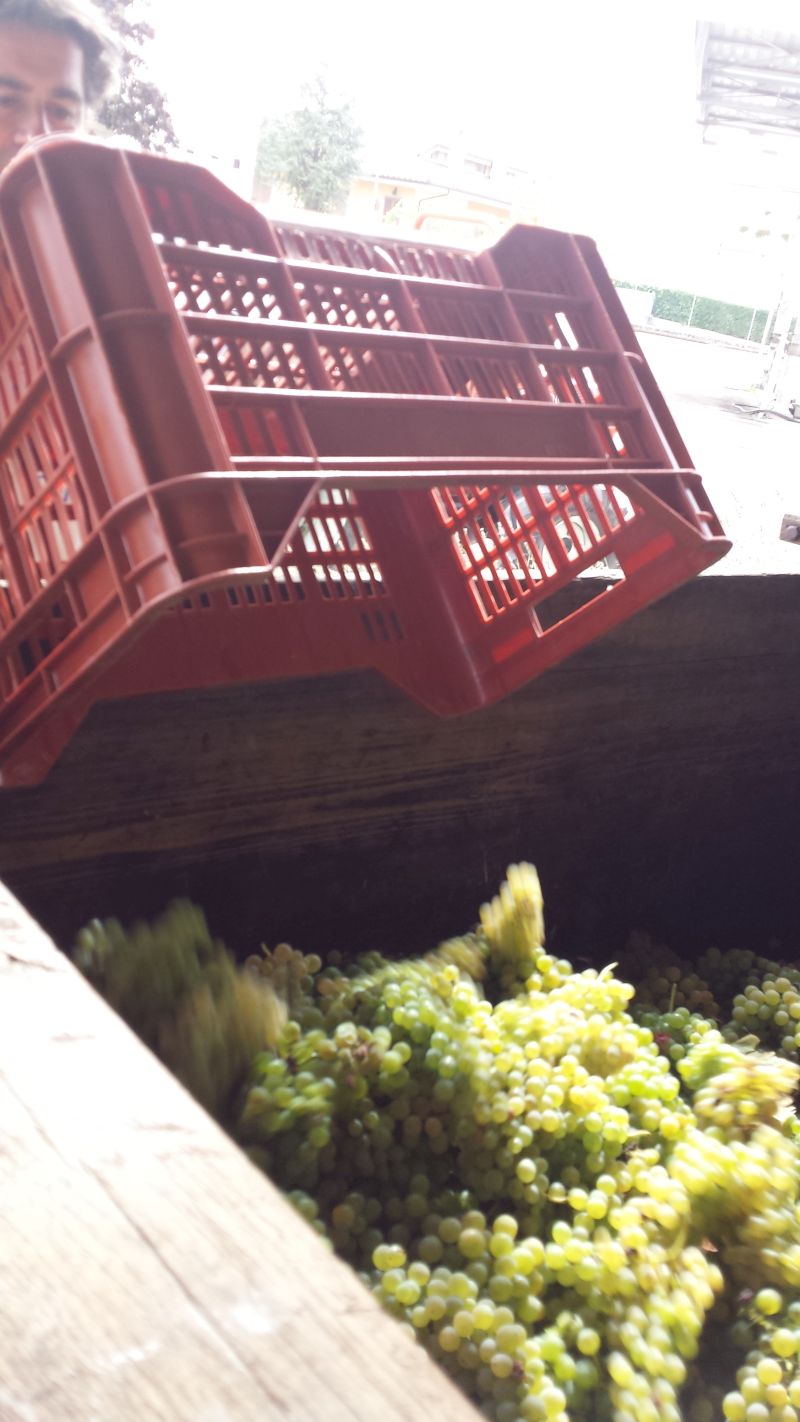
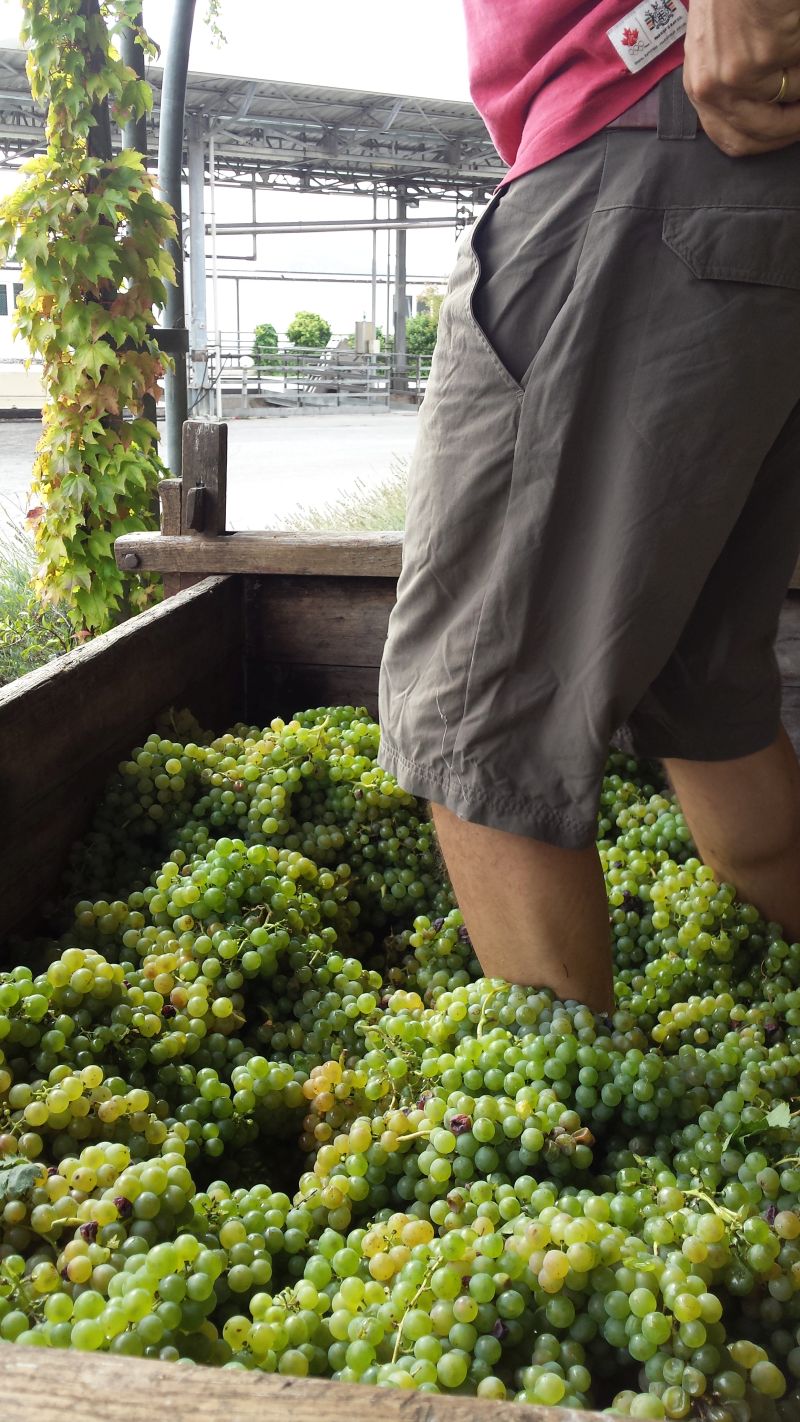
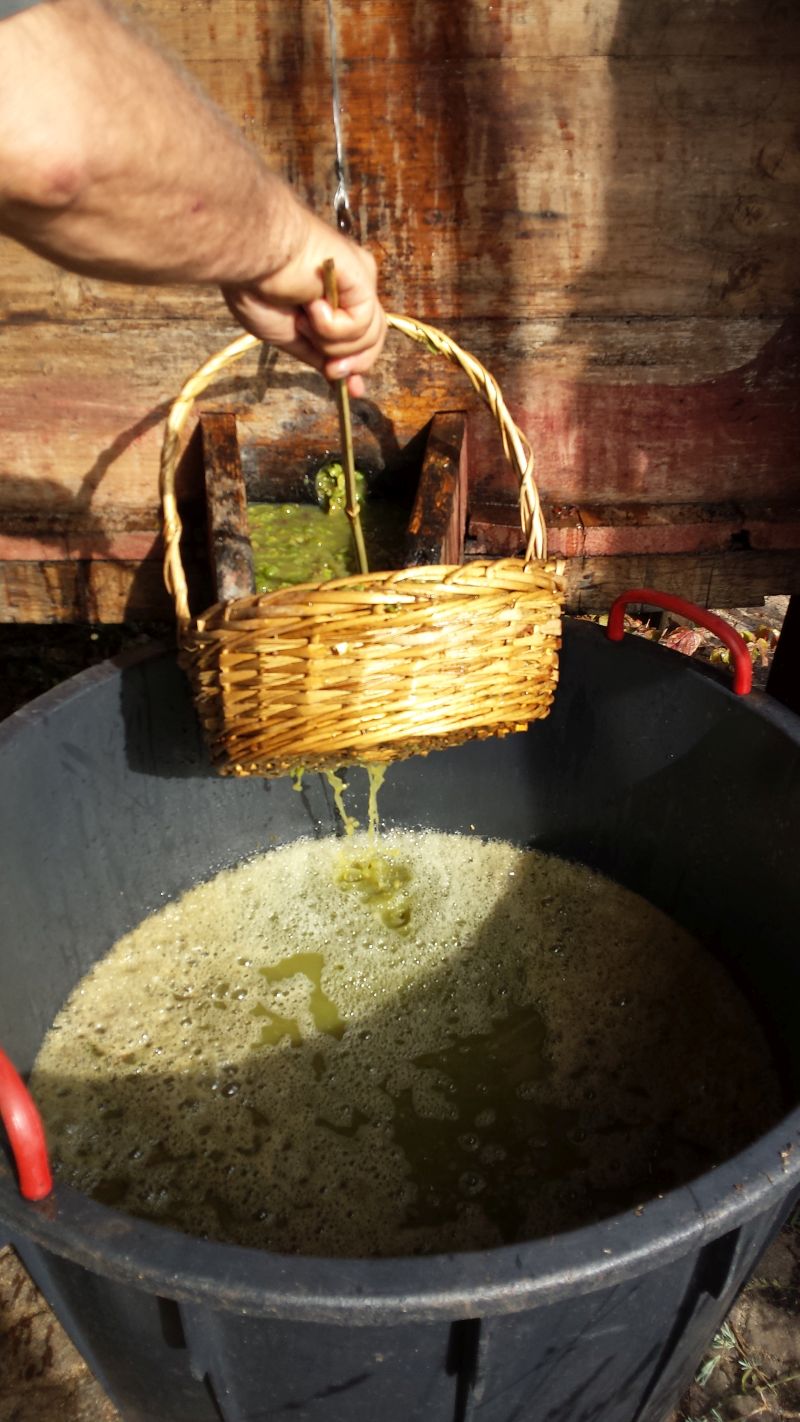

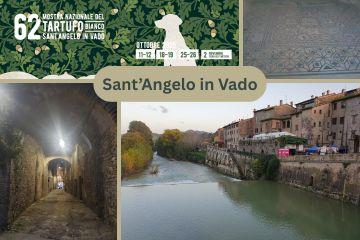
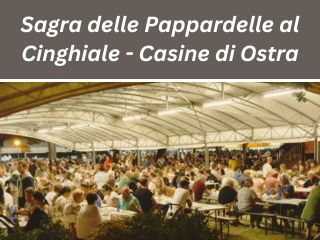

0 Comments